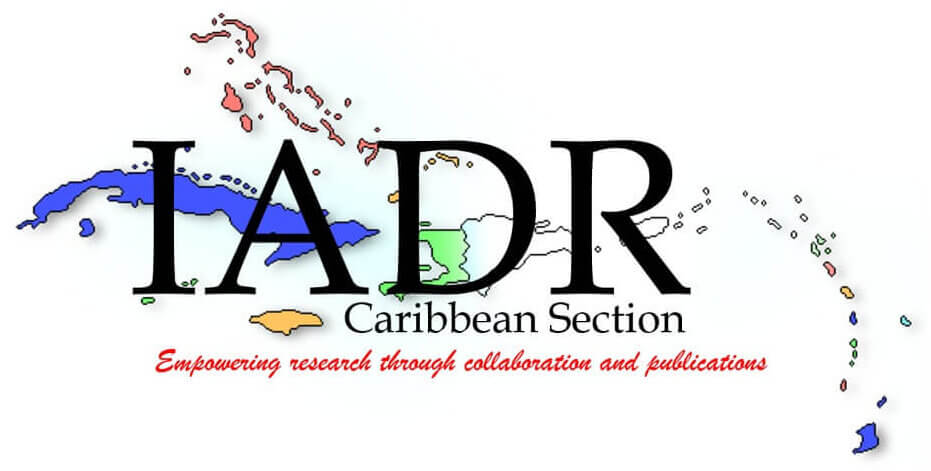The use of dental handpieces produces aerosols containing microbial agents, bacteria, and viruses representing a high-risk situation for airborne cross infections. The aim of this study was to map and quantify the biological contamination of a dental operatory environment using a biological tracer.
Streptococcus mutans suspension was infused into the mouth of a manikin, and an operator performed standardized dental procedures using an air turbine, a contra-angle handpiece, or an ultrasonic scaler. The presence of the tracer was measured at 90 sites on the dental unit and the surrounding surfaces of the operatory environment.
All tested instruments spread the tracer over the entire dental unit and the surrounding environment, including the walls and ceiling. The pattern and degree of contamination were related to the distance from the infection source. The maximum distance of tracer detection was 360 centimeters for air turbine, 300 cm for contra-angle handpiece, and 240 cm for ultrasonic scaler. No surface of the operative environment was free from the tracer after the use of the air turbine.
Attention should be paid to minimize or avoid the use of rotary and ultrasonic instruments when concerns for the airborne spreading of pandemic disease agents are present. This study supports the recommendations of dental associations to avoid treatments generating aerosols, especially during pandemic periods. Guidelines for the management of dental procedures involving aerosols, as well as methods for the modification of aerosols aimed to inactivate the infective agent, are urgently needed.

